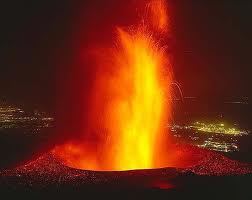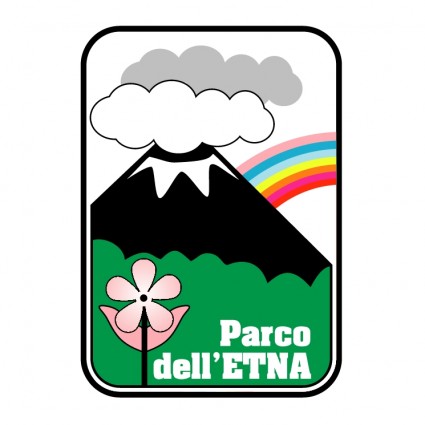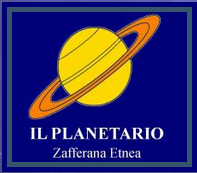Geodynamics of Etna
 From a volcanic point of view, Etna is unique and differs greatly from the nearby Eolie volcanoes or Vesuvius. The Italian volcanoes are located where the European and African tectonic plates come into contact. These two plates tend to push towards each other (compression) and collide. This is a typical magmatic arc where one tectonic plate (in this case the African) moves under the other (European).
From a volcanic point of view, Etna is unique and differs greatly from the nearby Eolie volcanoes or Vesuvius. The Italian volcanoes are located where the European and African tectonic plates come into contact. These two plates tend to push towards each other (compression) and collide. This is a typical magmatic arc where one tectonic plate (in this case the African) moves under the other (European).
During this downward sliding movement (subduction) the earth’s crust melts and forms a silica-rich, acid, viscous magma which emerges from explosive, and extremely dangerous, volcanoes such as the Eolie islands and Vesuvius.
The composition of Etna’s magma is very different, little silica, not very acid and, therefore, also more fluid. This is why its eruptions are almost never explosive nor particularly dangerous. The reason for this can be explained by the scientific theory regarding the differential compression of the margins of the two plates. This means that the eastern part of the plates pushes harder than the western part producing a rotation effect and the formation of fractures (escarpments). Etna is sited on one of these escarpments the margins of which are moving apart. This phenomenon of tectonic plates, or a part of them, moving apart (distension), leads to the formation of volcanoes that take their magma from the asthenosphere in the depths of the earth. The magma of Etna has all the physical-chemical characteristics of such volcanoes.

 Information/Tickets: 095 7890768 / 347 0415868
Museo dell'Etna, Viagrande (CT)
Information/Tickets: 095 7890768 / 347 0415868
Museo dell'Etna, Viagrande (CT) 


